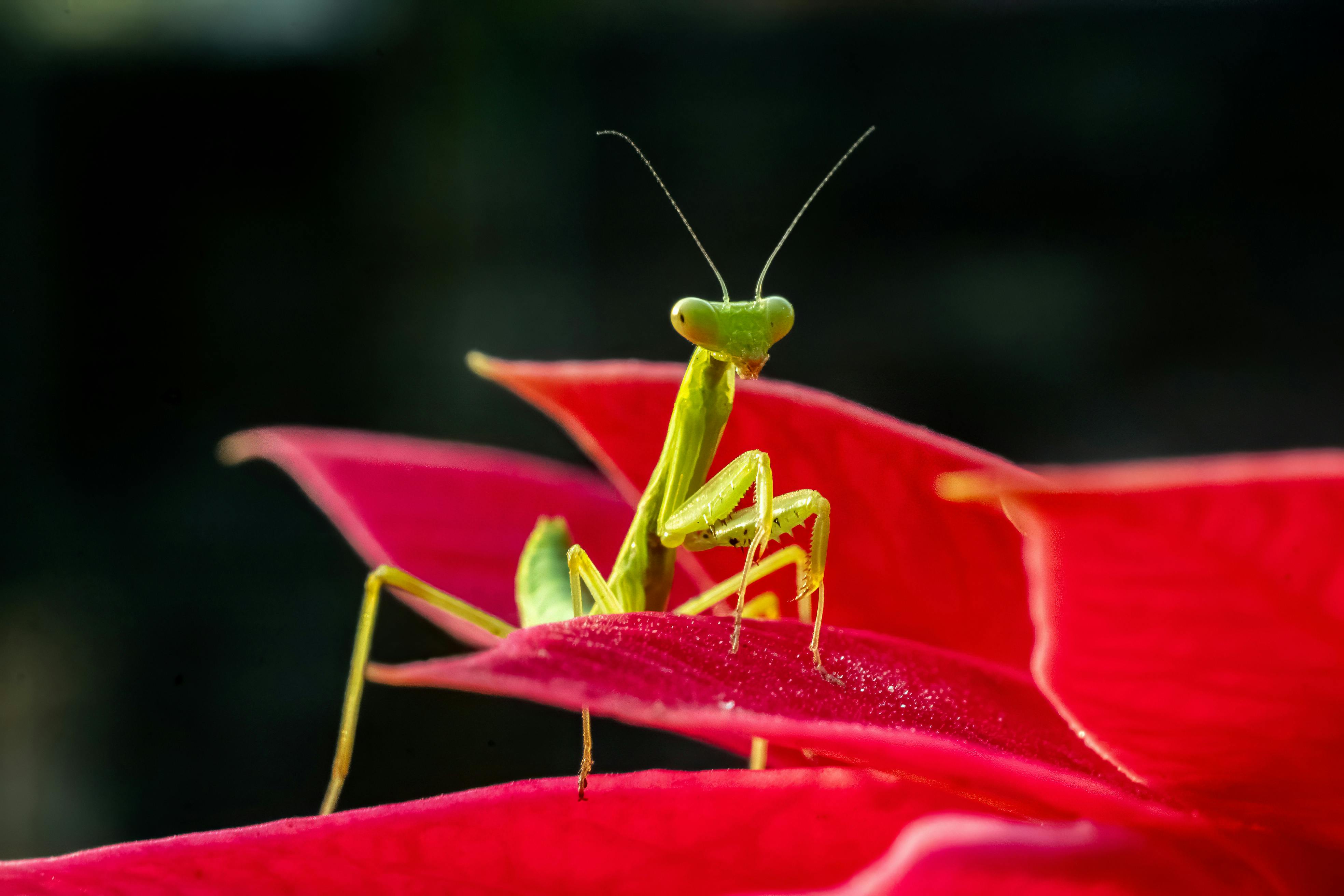Effective Ways to Ensure Campbell Dwarf Hamster Happiness in 2025

Complete Guide to Campbell Dwarf Hamster Care in 2025: Top Tips for a Happy Pet!
As an adorable and playful breed, the Campbell dwarf hamster has become a popular choice among pet enthusiasts. Understanding how to properly care for these charming little creatures is crucial to ensuring their health and happiness. This guide will delve into various aspects of Campbell dwarf hamster care, from habitat setup to diet, behaviors, and health considerations. By following these tips, you can provide your Campbell dwarf hamster with the best quality of life possible.
We'll cover essential topics, including diet specifics, habitat requirements, proper handling techniques, socialization, and grooming practices. You'll also learn about their exercise needs and potential health issues. Ultimately, this guide aims to equip you with all the knowledge you need to ensure your furry friend thrives. Let's jump right in!

Essential Guide to Campbell Dwarf Hamster Diet
Nutrition is at the forefront of keeping your Campbell dwarf hamster healthy and energetic. The right mix of food ensures they receive the necessary nutrients for strong bones, shiny fur, and vibrant energy levels.
Understanding Dietary Needs
The primary component of a Campbell dwarf hamster diet should be high-quality commercial hamster pellets. These pellets are specially formulated to meet the specific nutritional requirements of dwarf hamsters. Alongside pellets, fresh veggies and fruits can be introduced in moderation. It's essential to research safe food for Campbell dwarf hamsters like carrots, cucumbers, and berries, while also avoiding toxic items such as citrus fruits and garlic.
Best Treat Options for Campbell Dwarf Hamsters
Occasional treats can boost the bond between you and your pet while providing variety in their diet. The best treats for Campbell dwarf hamsters include small pieces of dried fruit, sunflower seeds, or specially formulated hamster treats. Remember, moderation is key! Treats should not exceed 10% of their overall diet.
Feeding Frequency and Portion Control
Adult Campbell dwarf hamsters should be fed once a day, while younger hamsters may need two smaller meals to sustain their growth. It's essential to monitor portion sizes, as overfeeding can lead to obesity. Always ensure fresh water is available and regularly refill their water bottle to maintain hydration.
With a solid understanding of their dietary needs, the next important aspect is ensuring they have a comfortable and stimulating habitat to thrive in.
Setting Up a Comfortable Habitat for Campbell Dwarf Hamsters
A well-designed habitat is fundamental to your Campbell dwarf hamster's health and happiness. They thrive in environments that mimic their natural habitats while providing safety and comfort.
Habitat Essentials for Campbell Dwarf Hamsters
The best hamster cages are spacious, providing ample room for exercise and exploration. A minimum cage size of 24 inches long by 12 inches wide is recommended. Look for solid flooring rather than wire for health reasons. Ensure that the cage design includes a secure lid to prevent escape, as these clever little creatures can find their way out of almost any barrier!
Choosing Bedding and Nesting Areas
When selecting Campbell dwarf hamster bedding, opt for materials that are safe and absorbent, such as aspen shavings or paper-based bedding. Avoid cedar or pine shavings as they can be harmful to their respiratory systems. Providing nesting materials, like shredded paper or hay, encourages your hamster to create cozy spaces for sleeping and relaxation.
Creating an Enriching Environment
To prevent boredom and maintain mental stimulation, include several toys and climbing structures in their cage. The campbell dwarf hamster toys can range from tunnels and exercise wheels to chew toys. Each of these play items not only entertains them but also allows for natural behaviors like digging and climbing.

Now that we have established the importance of a suitable habitat, let’s discuss Campbell dwarf hamster behavior and socialization techniques to foster healthy interactions.
Understanding Campbell Dwarf Hamster Behavior and Socialization
Grasping your Campbell dwarf hamster's behavior is essential for promoting a positive relationship between you and your pet. Being social animals, these hamsters exhibit various behaviors that can help you identify their needs and emotions.
Cues of Happiness and Stress
Understanding the emotional cues in hamsters is crucial. Happy hamsters often display playful behaviors, while stress indicators may include excessive grooming, agitation, or hiding. By recognizing these signals, you can make appropriate adjustments to their care environment.
Campbell Dwarf Hamster Socialization Techniques
Regular interaction is essential to improve their comfort with handling and socialization. Begin by allowing them to smell your hand and gradually introduce short petting sessions. Avoid sudden movements which may startle them. Consistency is key! Over time, you can increase your handling frequency as they become more accustomed to human interaction.
Managing Campbell Dwarf Hamster Companionship
While some dwarf hamsters enjoy the company of others, it's crucial to monitor their social interactions carefully. When housing multiple Campbell dwarf hamsters, it is best to house them in pairs of the same sex to minimize aggression. Introducing hamsters should happen gradually and in neutral environments to reduce territorial disputes.
Recognizing their behavior allows for better socialization practices, but attention must also be given to their physical well-being and health. Next, we will focus on critical health considerations and care practices.
Health Care for Campbell Dwarf Hamsters
Routine health monitoring is vital to identify potential issues before they escalate. By understanding common diseases in Campbell dwarf hamsters, you can take preventive measures to maintain their health.
Common Health Issues
Some of the typical health issues to be aware of include wet tail, respiratory infections, and dental problems. Understanding Campbell dwarf hamster health issues will help you recognize early warning signs so you can seek timely veterinary care. Regular check-ups with a veterinarian who specializes in small animals are highly recommended to stay informed about their health status.
Grooming and Hygiene Practices
Maintaining your hamster’s hygiene is essential for preventing common health problems. Regular bathing isn't necessary, but incorporate a cleaning routine for their habitat to remove waste and prevent odors. Additionally, keeping their nails trimmed can help avoid injury and the spread of bacteria. Proper Campbell dwarf hamster grooming will ensure they look and feel their best!
Recognizing Signs of Illness
Being observant of significant changes in your hamster's habits, appearance, and social interactions is crucial for spotting illnesses early. Common signs to look out for include changes in appetite, lethargy, or unusual behaviors. Prompt attention to any concerning symptoms can prevent more severe health complications down the line.
With an understanding of health practices, it’s time to explore how to further enrich your Campbell dwarf hamster's life through play and activity.
Enriching Activities for Your Campbell Dwarf Hamster
Keeping your Campbell dwarf hamster active and engaged is essential for their well-being. Exploring various playtime activities and exercise needs will provide mental and physical stimulation, contributing to a happy pet.
Exercise Needs and Recommendations
Campbell dwarf hamsters are known for their playful nature and high energy levels. An exercise wheel is a must-have to meet their exercise needs, as it provides an outlet for vitality. Aim for at least 30 minutes of exercise daily, allowing them to hop around their habitat freely during social interaction and exploration time.
Interactive Playtime Ideas
Enhancing your hamster's playtime with bundle options such as hamster balls, obstacle courses, or tunnels will creatively engage their instincts. Watch as they explore and navigate the playful environments you set up! Always supervise playtime outside their cage to ensure their safety.
Monitoring Behavioral Indicators
Keeping an eye on your Campbell dwarf hamster's behavioral indicators will help you understand how much playtime they need. If they seem restless, explore their habitat more, or are more challenging to engage, it may be a sign they need additional interactive activities or new toys.
By providing ample opportunities for enrichment, you can significantly enhance your pet's quality of life. Finally, let's wrap up with a Q&A section to address common queries related to Campbell dwarf hamster care.
Frequently Asked Questions about Campbell Dwarf Hamster Care
What is the average lifespan of a Campbell dwarf hamster?
The Campbell dwarf hamster lifespan typically ranges from 2 to 3 years, depending on their diet, habitat conditions, and overall care. Regular veterinary check-ups can help prolong their lives through disease prevention and health monitoring.
How do I introduce a new Campbell dwarf hamster to my existing one?
To ensure a smooth introduction, begin by housing them in separate cages but allow them to become familiar with each other’s scent. Create a neutral area for their first meeting to minimize territorial behavior, and observe their interactions closely to ensure compatibility.
What is the best bedding for a Campbell dwarf hamster?
Some of the safest and most absorbent bedding options include aspen shavings and paper-based bedding. Avoid cedar or pine shavings, as they can harm your hamster's respiratory health.
Through proper care for your Campbell dwarf hamster, you can ensure a happy and healthy pet that thrives in your home. For further reading on related topics, visit Campbell Dwarf Hamster Breeding Tips and Dwarf Hamster Care Essentials.